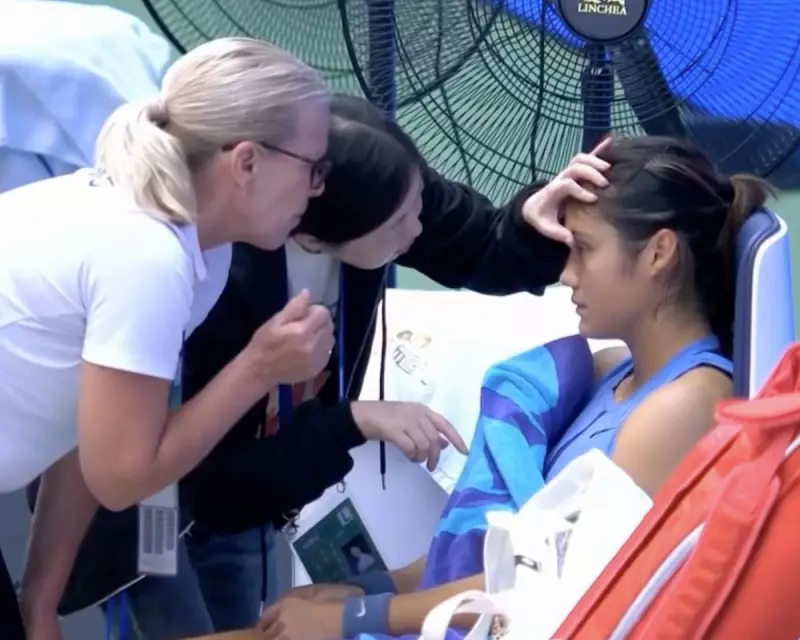
Professional tennis players are competing in what many are describing as dangerously extreme heat conditions, with soaring temperatures creating unprecedented challenges at tournaments worldwide. The sport is facing mounting pressure to address player safety as medical incidents during matches become increasingly common.
Players Pushed to Breaking Point
Recent tournaments have seen multiple players suffering from heat-related illnesses, with some collapsing on court and others requiring medical attention mid-match. The physical toll of competing in temperatures exceeding 35°C has become a critical concern for athletes and officials alike.
The Science Behind the Struggle
Medical experts warn that playing elite-level tennis in extreme heat poses serious health risks. Heat stress affects both physical performance and cognitive function, increasing the likelihood of injuries and dangerous medical situations. The combination of high intensity exercise and elevated body temperatures can lead to:
- Heat exhaustion and heat stroke
- Severe dehydration and cramping
- Impaired decision-making and coordination
- Long-term health complications
Calls for Reform Grow Louder
Players and coaches are increasingly vocal about the need for better heat policies. Many are advocating for:
- Revised scheduling to avoid peak heat hours
- Implementation of universal extreme heat rules
- Improved cooling facilities and medical support
- More frequent hydration breaks
Tournament Organisers Under Scrutiny
Different tournaments have varying approaches to heat management, creating inconsistency across the professional circuit. Some events have implemented comprehensive heat stress scales and protective measures, while others continue with traditional scheduling regardless of conditions.
"We're seeing players pushed beyond reasonable limits," noted one sports physician. "The game needs to adapt to changing environmental conditions to protect athlete welfare."
The Future of Tennis in a Warming World
As climate patterns shift, the tennis world faces difficult questions about how to balance tradition with player safety. The current crisis highlights the urgent need for standardized protocols and greater awareness of the very real dangers posed by extreme heat conditions in professional sports.





